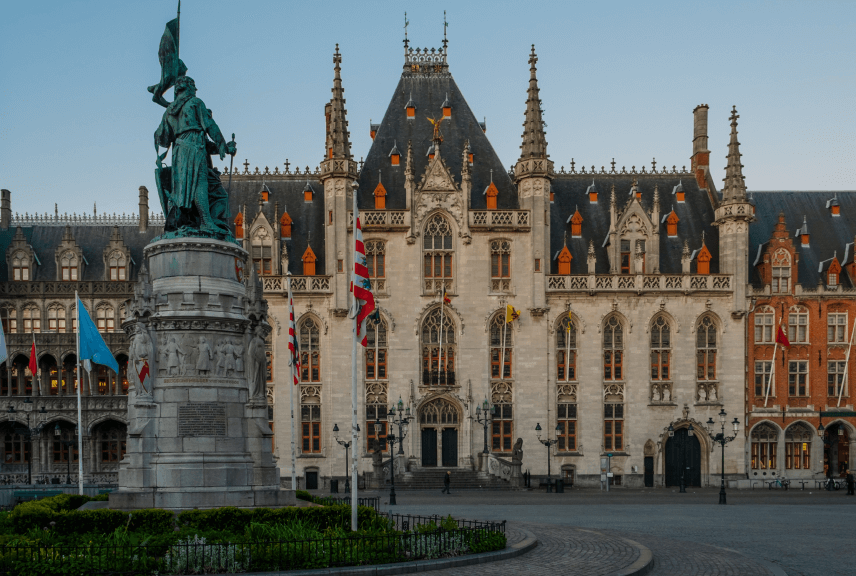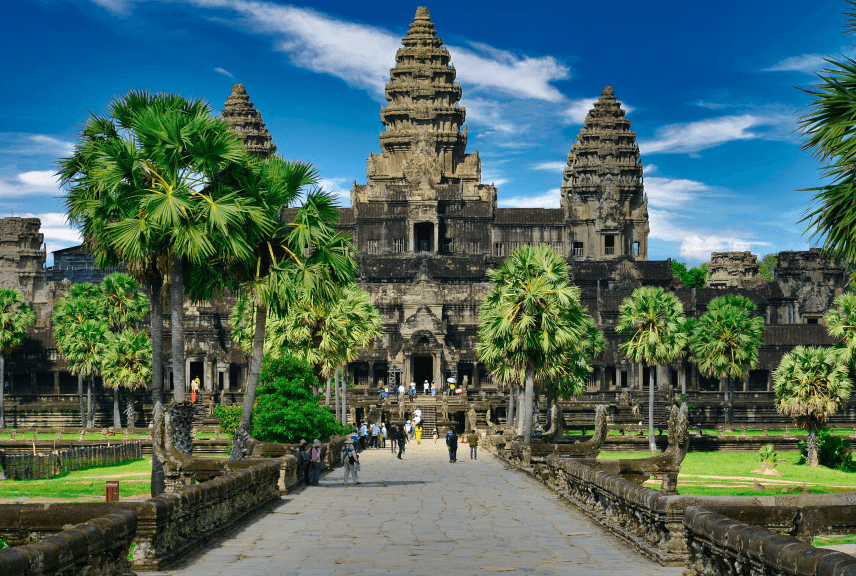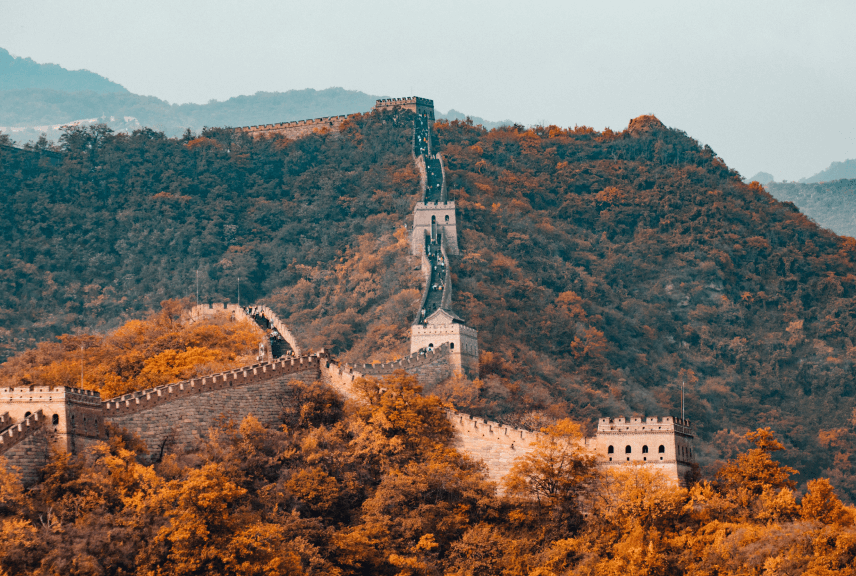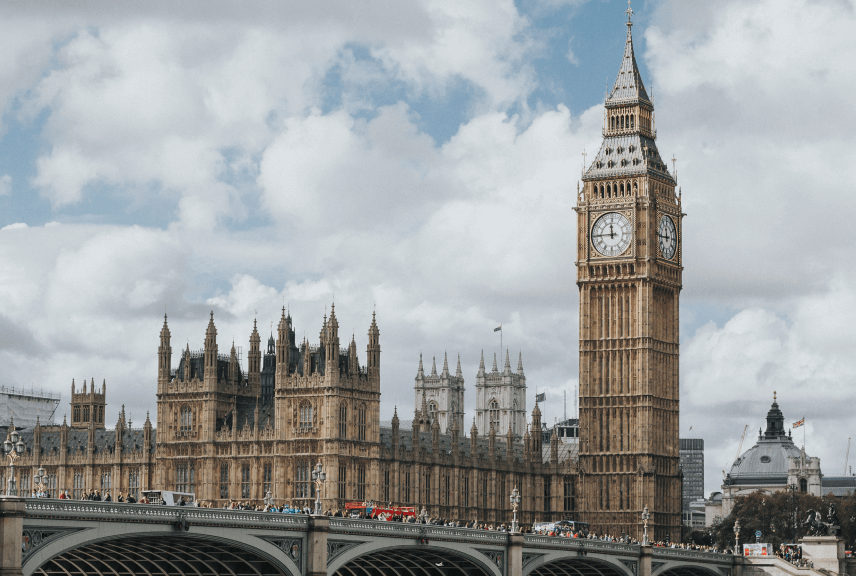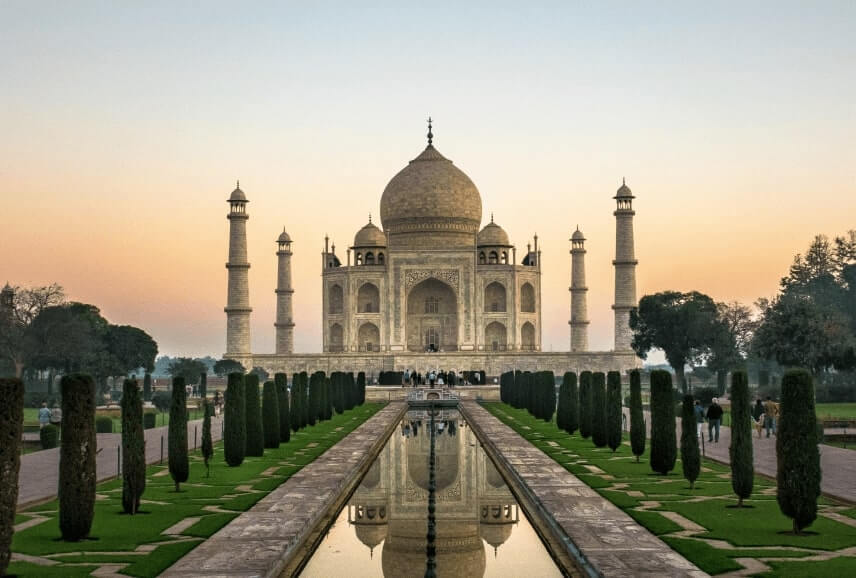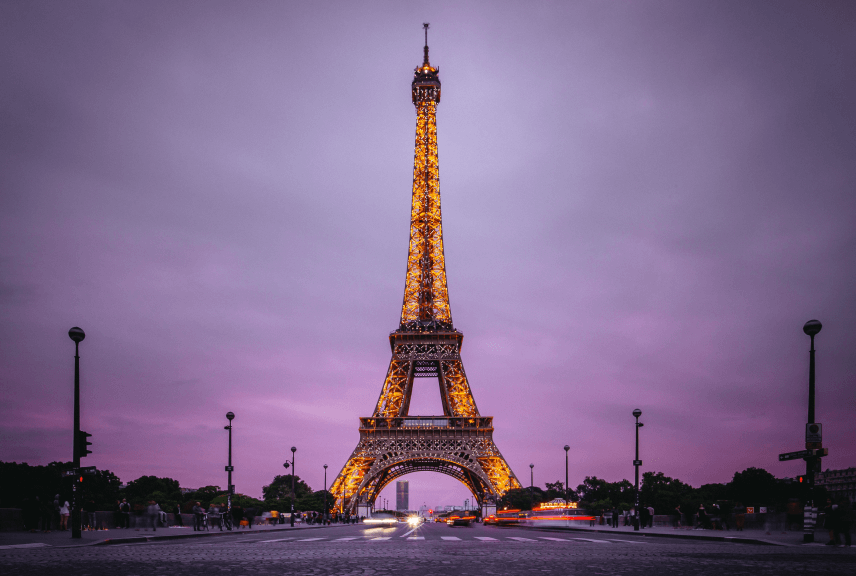Crafts Museum
The institution of the museum, aimed at housing objects of antiquity and curiosity, is of western origin. Indians themselves did not have a tradition of setting up museums of fragmented sculptures, rusted swords and out-of-context paintings. Broken images were immersed in holy water, worn out metal objects were melted down to cast new ones, and terracotta votive objects were left to decay and merge with the very earth from which they were created.
The core collection of the Crafts Museum was actually put together to serve as reference material for the craftsmen who were increasingly losing touch with their own traditions in terms of materials, techniques, designs and aesthetics of their arts and crafts due to the sudden changes caused by modern industrialization. Here the craftsman feels free to confine to his tradition or to innovate in response to his new contemporary environment.
The large permanent collection of 20,000 items of folk and tribal arts, crafts and textiles is housed in a concrete, but almost ‘invisible’ building. Charles Correa, the architect, had a challenge before him – on the one hand to provide a pucca building for safe preservation and display of the rare art objects, but on the other, not to let the building be so imposing that it would belittle the humbler objects collected from village homes. The scale and appearance of the building had to be such that it would not attempt to upstage its ancient neighbour, the Purana Qila on the one side and the Village Complex of the Museum on the other.

Consequently the low-lying building has old carved wooden doors and windows from Gujarat and Rajasthan, central courtyards having champa trees, tulsi shrines and a monumental temple-car coexist in this ‘modern’ building not as revivalist ethnic chic exercise, but as a contemporary juxtaposition of past traditions in a modern building meant for a modern Indian Crafts Museum.
The museum’s collection, built over a period of thirty years, comprises bronze images; lamps and incense burners; ritual accessories; utensils and other items of everyday use; wood and stone carvings; papier mache; ivories, dolls, toys, puppets and masks; jewellery; decorative metalware including bidri work; paintings; terracotta; cane and bamboo work and a large number of textiles, from different regions of India.
Galleries of folk and tribal arts and crafts, aristocratic objects, and that of traditional Indian textiles, display selected objects within these categories which are unavoidably overlapping as the culture itself. Moreover, there is a ‘Visual Store’ for reference, comprising about 15,000 objects which can be used by scholars, designers, craftsmen and interested public for study and research. While brief captions provide basic information about the displayed objects, for further information the Museum’s catalogue could be consulted.
The Crafts Museum Shop on the premises sells books, picture-postcards and a whole range of exquisite contemporary handicrafts. The objective of the shop is to sell original creations of the finest Indian craftspersons and not to market mechanically replicated souvenir.
